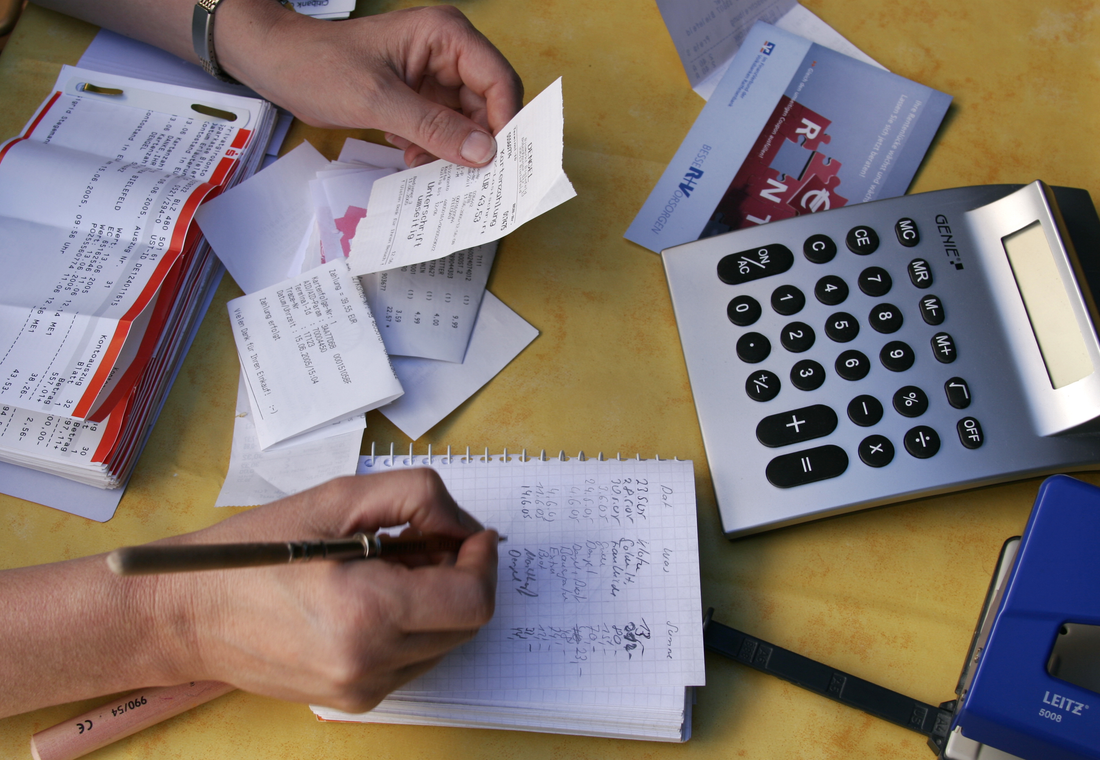
How to Calculate the Payback Period of Your Home Battery
Share
A home battery is essentially an investment, and many people wonder whether this expense is really worth it. Today we’ll show you how to calculate the payback period of your home battery. If you don’t have the time or patience to go through the full calculation, you can simply check the quick reference table below and pick the scenario that best matches your situation to estimate your payback period.
| PV-Capacity | Annual Consumption | Battery Capacity | Lunergy Battery Price | Self-sufficiency Rate | Saved Electricity Costs (€) | Dynamic Tariff Optimization (€) | Total Annual Savings (€) | Payback Period |
| 3 kWp | 3000 kWh | 5,12 kWh | € 1,899 | 30%–70% | 408 | 71,88 | 479,88 | 4,0 years |
| 5 kWp | 3000 kWh | 5,12 kWh | € 1,899 | 35%–72% | 377,4 | 71,88 | 449,28 | 4,2 years |
| 5 kWp | 5000 kWh | 7,68 kWh | € 2,499 | 30%–63% | 561 | 107,83 | 668,83 | 3,7 years |
| 10 kWp | 8000 kWh | 10,24 kWh | € 3,099 | 32%–64% | 870,4 | 143,77 | 1014,17 | 3,1 years |
The profitability of a home battery mainly comes from two factors:
- Storing excess solar power instead of feeding it back to the grid
- Taking advantage of dynamic electricity tariffs
To make this calculation, you’ll need a few key data points:
- Annual electricity consumption (kWh)
- Annual PV generation (kWh)
- Average electricity price
- Whether you have a dynamic contract
- The amount of electricity you normally export to the grid
Example Scenario
Let’s assume:
- Annual consumption: 3000 kWh
- Annual PV generation: 3000 kWh
- Annual export to the grid: 2000 kWh
- Battery capacity: 5.12 kWh
1. Increasing Self-Consumption
Annual usable storage = min(exported energy, battery capacity × number of cycles)
With around 270 cycles per year (taking into account dark winter months and cloudy days), you can store about 1400 kWh.
Considering the round-trip efficiency (~86% RTE), this leaves about 1200 kWh effectively usable.
The feed-in tariff (FIT) is expected to drop below €0.01/kWh (sometimes even as low as €0.005). Let’s use €0.01/kWh for this calculation.
The average retail electricity price is €0.35/kWh → price difference = €0.34/kWh.
Savings: 1200 × 0.34 ≈ €408 per year
2. Dynamic Tariff Optimization
On winter or rainy days, the battery can charge during cheap hours and discharge during expensive hours.
Effective price difference = Average price – (Lowest price ÷ RTE)
= 0.35 – (0.10 ÷ 0.86) ≈ €0.234/kWh
With ~60 extra cycles per year: 60 × 5.12 kWh = 307 kWh.
Savings: 307 × 0.234 ≈ €72 per year
✅ Total Annual Savings
- From solar self-consumption: €408/year
- From dynamic charging/discharging: €72/year
- Total: ~€480/year
A traditional installed home battery typically costs €4000–€5000, leading to a payback period of 10+ years.
With the Lunergy X2400AC, you get 5 kWh of storage, no installation required, for only €1899.
👉 That means you can recover your investment in less than 4 years.
⚡ Important Considerations
Self-sufficiency will never reach 100%.
- Capacity: In summer, solar generation may exceed your battery’s storage capacity, meaning you’ll still export some energy. Oversizing your battery would leave it underutilized for most of the year.
- Power: Even with 2400 W AC output, peak household demand (EV charging, cooking, making coffee, running the washing machine at the same time) can exceed this limit, requiring grid support.
Tips to Increase Your Self-Sufficiency
With a home battery you can typically achieve around 70% self-sufficiency. By planning your usage smartly—such as running the washing machine on sunny days and avoiding using multiple heavy appliances at once—you can raise this to 80–90% and further shorten your payback period.
📌 Source: Part of the calculation logic is based on the HTW Berlin “Independence Calculator”
👉 https://www.volker-quaschning.de/software/unabhaengig/index_e.php
